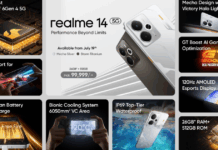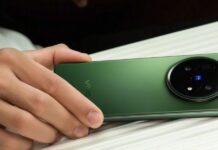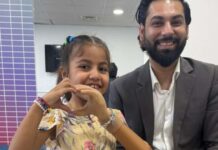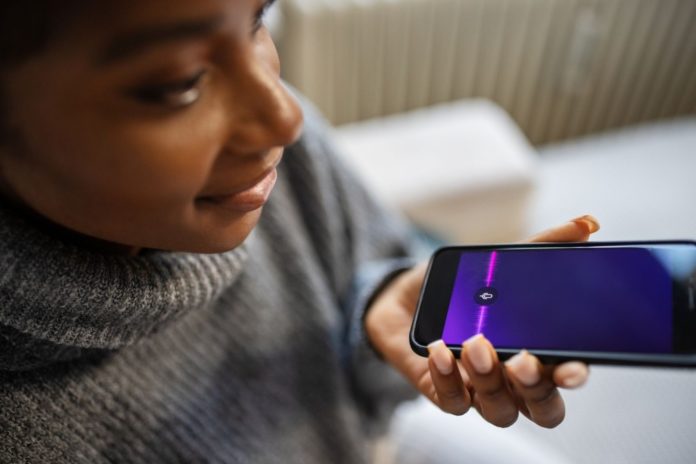Researchers have unveiled a groundbreaking study indicating that the sound of a person’s voice could potentially become a key factor in diagnosing type 2 diabetes. The study, conducted by scientists, introduces a new method that utilizes voice recordings to accurately screen individuals for diabetes, all within a span of six to ten seconds.
Voice Analysis for Diabetes Detection
A team of researchers at Klick Applied Sciences crafted a highly accurate tool by analyzing short voice clips from participants, some with diabetes and others without, recorded through their smartphones. The study revealed that alterations in pitch and voice strength played a significant role in diagnosing diabetes.
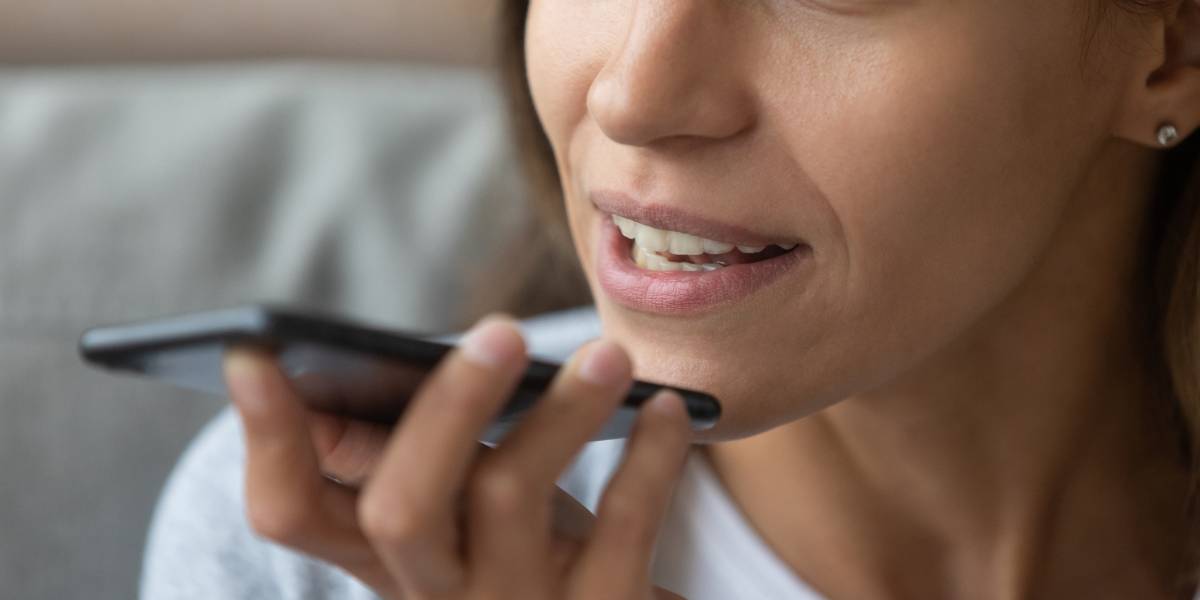
With the aid of a smartphone application, 267 participants in India—comprising 192 individuals without diabetes and 75 diagnosed with diabetes—recorded short voice clips multiple times a day for two weeks. Through detailed analysis of 18,465 recordings, 14 distinct acoustic characteristics were measured, enabling the creation of a precise tool for identifying diabetes.
Gender-Specific Diagnostic Indicators
The study found that distinct voice characteristics signified type 2 diabetes differently in men and women. Changes in pitch were crucial for diagnosing diabetes in women, whereas variations in voice strength or amplitude were key indicators for men.
How AI Enables Diagnosis
Lead author Jaycee M. Kaufman emphasized the use of AI and machine learning techniques, which enabled the detection of subtle vocal changes indicative of type 2 diabetes. The tool developed by Klick Applied Sciences exhibited an impressive accuracy of 0.89 for women and 0.86 for men in diagnosing diabetes.

Potential Implications and Future Directions
Kaufman highlighted the significance of this advancement, envisioning a future where individuals could perform initial diabetes screening at home using such technology. Confirmatory diagnosis would then be sought from healthcare providers if an initial risk is detected.
Experts not involved in the study, like Dr. Ari S. Eckman and Dr. Jason Ng, emphasized the potential value of this tool in tracking diabetes progression and simplifying patient diagnoses. Dr. Ng stressed the necessity for innovative screening tools due to limited access to healthcare, while Dr. Eckman highlighted its potential in assessing diabetes control and health progress.
The Promise of Digital Medicine
Kaufman expressed enthusiasm about the impact of this study on early detection and intervention for type 2 diabetes, potentially reducing complications associated with undiagnosed diabetes. She underscored the profound effect such technology could have on accessibility challenges related to screening.
This groundbreaking study heralds a new era in healthcare, showcasing the power of technology and voice analysis in revolutionizing the diagnosis and management of type 2 diabetes. The advancements in digital medicine hold promise for early detection, intervention, and improved accessibility in diabetes care.
Stay tuned to Brandsyanrio for more.

